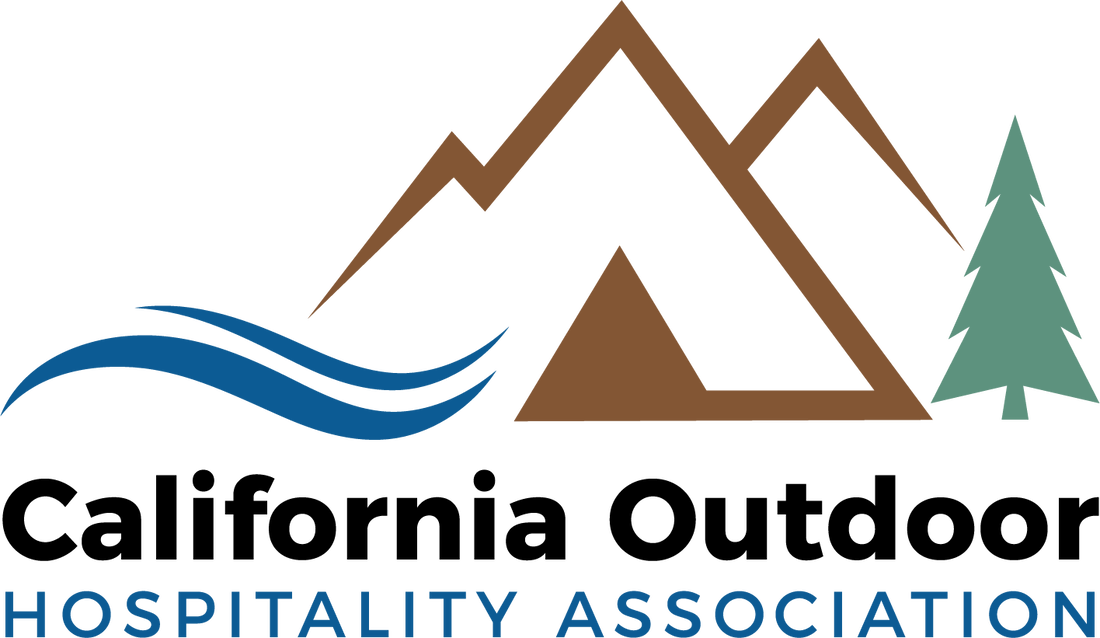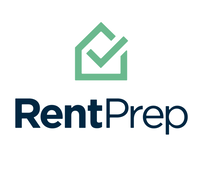 A parks reputation can easily be damaged by one or two undesirable inhabitants, and once they move in it can be a lengthy and costly process to have them removed. How can you save yourself the needless headache? Screening prospective tenants ahead of time allows you to make more informed decisions about who you are allowing in before it becomes a problem. We have partnered with RentPrep to make it easy for our members find good tenants and residents. With RentPrep you can screen tenants and residents to receive:
Screening your prospective tenants and residents helps to protect your property and other residents, find tenants you can trust, minimize your liability, and discourage applicants who have something to hide. Why take unnecessary risks? Learn more or get started screening with Rent Prep today!
0 Comments
 One of CalOHA most utilized programs is our Legal Hotline, but did you know that we offer an ADA Hotline and Certification Program that is just as valuable? Much like our Legal Hotline Program, the ADA Hotline will assist members with questions related to disabled visitors and the park's responsibilities. Members will receive unlimited, single-subject calls to our ADA specialist. 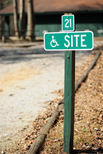 But that’s not all! We can also help set your park up with a CASp inspection. The Certified Access Specialist (CASp) program was created by Senate Bill 262 (Chapter 872, 2003) and is designed to meet the public's need for experienced, trained, and tested individuals who can inspect buildings and sites for compliance with applicable state and federal construction-related accessibility standards. The CASp program is governed by Title 21 Voluntary Certified Access Specialist Program Regulations. Having a CASp inspection done at your property can help you avoid litigation costs, and also demonstrates your business' commitment to its disabled customers. Many of the accessibility issues in parks are not expensive to fix, and simply having a CASp certificate displayed in your office can help ward off the "drive-by lawsuits”.  If you have questions or concerns about your parks ADA compliance, don’t wait until it’s too late, address them today. Complete the ADA hotline form below or contact the CalOHA office for more information on having your park reviewed by a Certified Access Specialist. 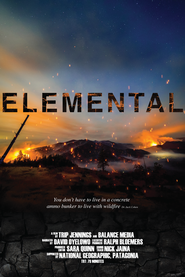 Thank you to all who joined us for the screening of the new documentary “Elemental” this week. If you missed it, here’s a little insight on what we discovered. The United States sees an average of 72 thousand fires each year. While that number has remained fairly steady, the destruction caused by these fires has increased dramatically in recent history. There is a common misconception that both the problem and the answers to coexisting with wildfires lie within the forests. So many of our fire preparation efforts go towards forest management projects such as clear cutting, thinning and vegetation removal. What we have seen is that regardless of how many resources we put into forest management, in the end there is little to no proof that any of it will make a difference when it comes to saving homes. The types of fires that are causing the mass destruction of our communities are not necessarily traveling from treetop to treetop, but rather being driven by wind. Wind driven fires allow embers to travel much further distances in very little time, and those embers are each capable of starting their own new blaze. A clear-cut barrier around your home does nothing to protect against a stray ember landing on your roof. So where are our efforts better spent? We can’t do much to control fire, or predict where it will hit next, but we can prepare for it. The work we can put in that has the most potential to make a difference is hardening our homes and businesses and preparing our communities to withstand fire conditions. 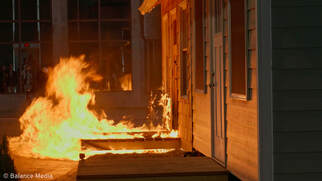 What is home hardening? Hardening your home or business is about taking steps to prepare both the land and structures for the possibility of fire. The level of hardening is largely up to the individual putting in the work, and while it is simpler to address many of the areas in which homes can be hardened during new construction, there are ways to update and protect older buildings as well. Simply clearing out flammable clutter from around your home or the property around your park or campground is a great place to start, as well as keeping gutters clean or opting for alternatives to the traditional gutter system such as French drains, or grading. Some other steps which can get more involved, consist of staying away from wood and traditional shingles when choosing or replacing a roof, covering exposed vents, and selecting double-paned windows. Expenses can add up quickly when any type of construction or remodeling come into the picture, but with the amount spent on forest management and fighting the large blazes each year, it would make sense for some of that funding to be redirected towards hardening our communities and lowering their risk to begin with. The question is, how do we make that happen? We need to spread awareness of our options and advocate to make home hardening a more accessible and affordable solution. Fire is a part of nature, and we should be treating it that same way we treat other potential natural disasters, by preparing to the best of our abilities. If the state were to repurpose funds and offer grants or tax credits for those putting in the work to harden their structures, more property owners would have the ability to do so, lessening the risk for everyone. With a set of basic standards that could be implemented and improved odds against potential losses, we could also work to redirect the narrative of insurance coverage availability in the state. While the documentary covered so much insightful information, our biggest takeaway was that we do not need to live in fear of wildfires, when we can in fact adapt and coexist with them. We hope that this is a path we can continue to pursue and share with our communities. Thank you to Ralph Bloemers and the Elemental team for bringing us and our members along for your journey.  Recently CalOHA President and CEO, Dyana Kelley was invited to speak at a hearing regarding the California State Insurance FAIR (Fair Access to Insurance Requirements) Plan. Dyana presented to Commissioner Lara the challenges we are facing as an industry relating to affordable and equitable coverage. Following the hearing Dyana spoke at a board meeting for the California Travel Association and presented those challenges. Cal Travel determined that these challenges could have a trickle down effect on tourism and therefore decided to pull together a task force of other associations who have been affected. On August 30th, CalOHA, Ski California, and CABBI (California Association of Bed & Breakfasts and Inns) met with Commissioner Lara to discuss solutions. The task force discussed with the commissioner the issues associated with underwriting based on zip code. Many businesses go to great lengths to protect their property with mitigation strategies and should be rewarded for their efforts rather than lumped in with all businesses and homeowners within a zip code region. Additionally, the limited perils of the Plan do not provide for equivalent coverage and in many cases at a much higher rate.  In some respects, the state Department of Insurance hands are tied. The department does not have the authority to force an insurance company to continue writing business in California or what risk classes the company chooses to accept. Additionally, the department does not have authority over the state FAIR Plan or the coverages it chooses to offer. The California FAIR Plan Association provides basic fire insurance to businesses that cannot get insurance through a preferred property insurer. The FAIR plan is not a state agency or a public entity. The FAIR Plan is an insurance pool comprised of all insurers licensed in California. The FAIR Plan issues policies on behalf of its member companies. Each member company participates in the profits, losses and expenses of the Plan in direct proportion to its market share of business written in the state. Unfortunately, the FAIR Plan has been the only option for many of our member parks. However, Commissioner Lara felt that rebates and rate reductions for mitigation was an area in which the department could get involved and make a difference. Commissioner Lara has proposed a wildfire safety regulation that will help drive down the cost of insurance. The proposal would require insurance companies to recognize consumers’ wildfire mitigation actions in their rate filings. In particular, the rule incorporates the new Fire Risk Reduction Community designation from the Board of Forestry. We believe this regulation will aid all efforts to increase wildfire safety and provide rate decreases for those businesses who take extra precautions. Along with rebates and rate reductions, the department is working with the FAIR Plan Association to increase the number of perils provided under the plan coverage however, there is an strained relationship between the FAIR Plan and the department so finding middle ground on an equitable policy could be a challenge. While the process is slow, it is moving and CalOHA has ensured that our industry is on the radar and they are working on strategies to alleviate some of the burden. If you have an extreme case of a rate increase or inability to obtain coverage please reach out to our office. Commissioner Lara is interested in working with individual businesses who are finding hardship with their current coverage. |
Check out more blog posts!
Categories
All
Archives
June 2024
|
|
2023 Copyright California Outdoor Hospitality Association. All Rights Reserved.
319 Nevada Street | Auburn, CA 95603 Phone: (530) 885-1624 | [email protected] | sitemap |


